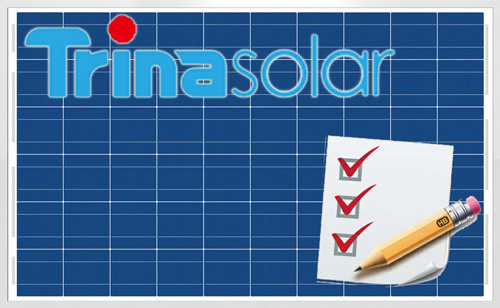Update: PLAYSTATION VR LAUNCH BUNDLE is going to get a swath of new games in 2017, including The Elder Scrolls V: Skyrim. Several new virtual reality games debuted at Sony's E3 2017 keynote, although almost none of them were given a release date. The good news is that plenty of fun titles are on their way. The bad news is that we don't have a definitive release date for any of them.
With the PlayStation VR, the world of virtual reality has made its way to consoles in a big way.
Previous headsets have not only been expensive themselves, but have also required expensive gaming PCs to have enough power to run them.
The PlayStation VR is different. Not only is the headset itself much cheaper than its competitors, but it also only requires a PS4 console to run.
Frankly, it's remarkable that such an affordable solution is as capable as it is.
It has its problems – the most notable of which is the fact that you'll need to buy a PlayStation Camera if you don't already own one, and then shell out for PlayStation Move Controllers on top of that to get the full experience – but by and large PlayStation VR proves that not only is console VR viable, but it's actually enjoyable, too.
We've now tried dozens of games on the console, from Rocksteady's impressive (but short) Batman: Arkham VR to the laugh-out-loud funny Job Simulator to the tear-jerking Wayward Sky and even a horror game – Until Dawn: Rush of Blood.
Some of these titles were more fun than others, obviously, but all of them made the same point: PlayStation VR doesn't suck.
Before we go on talking about PlayStation VR's finer points (and foibles), let's get the basics out of the way.
The system is sold in two varieties: the basic PlayStation VR package that only includes the PS VR system, headphones and all cabling required for. Another interesting pack-in is the PlayStation VR demo disc that comes with both packages and has a dozen-or-so titles ready for you to check out.
If you don't already own the PlayStation Camera or Move Motion Controllers, the Launch Day bundle is the better bet here – especially considering that you'll get one of the best games on the platform, PlayStation VR Worlds, for free.
Besides the PlayStation VR unit itself and the PlayStation Camera, all you'll need is a PS4 (the recently released Slim version, the three-year-old original or the ultra-powerful PS4 Pro will do), a PS4 DualShock 4 controller and a 6-foot by 10-foot play space that's well lit, but not too bright.
